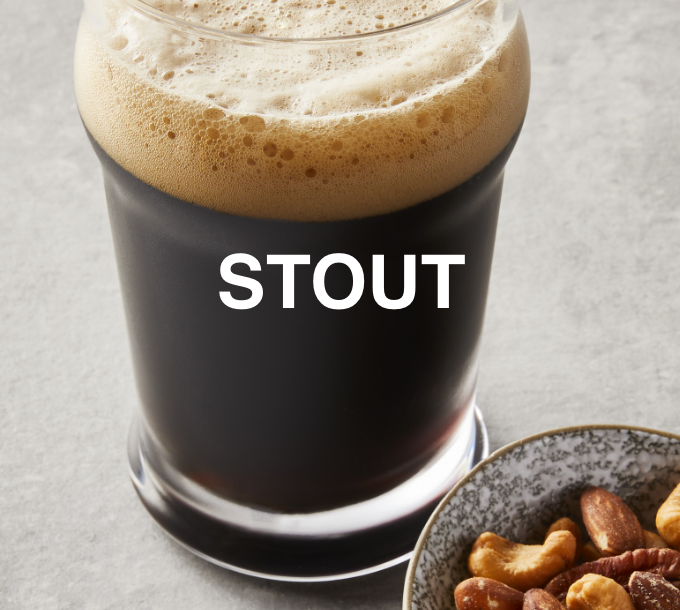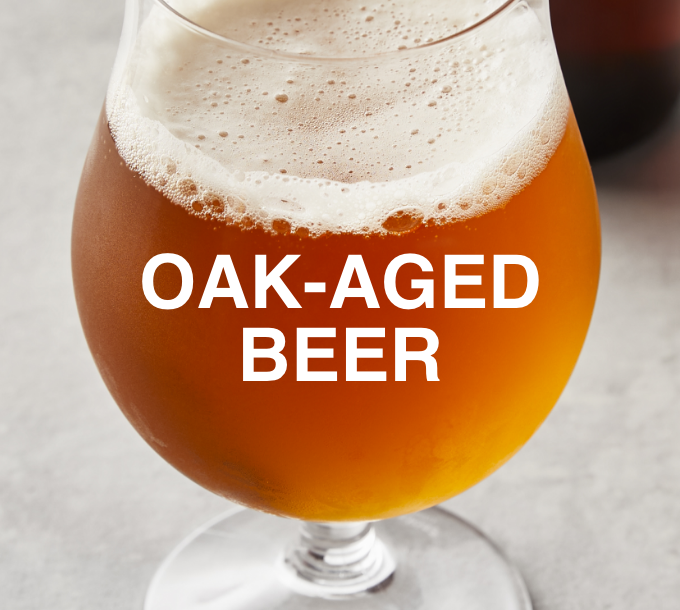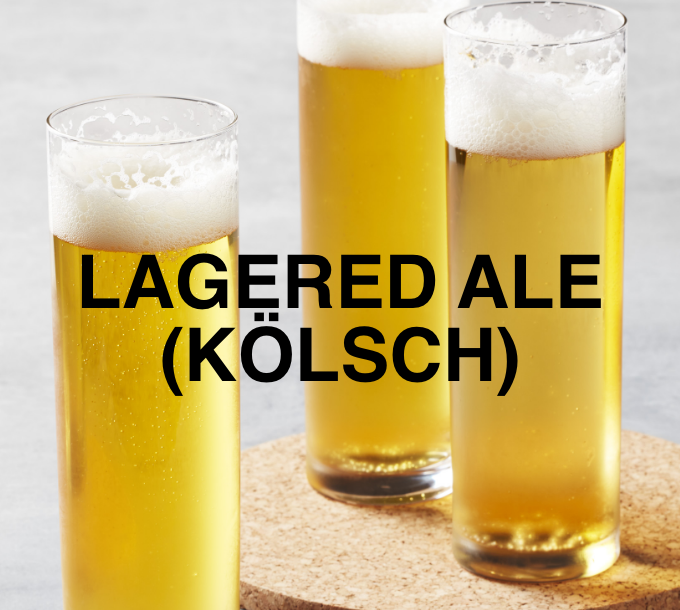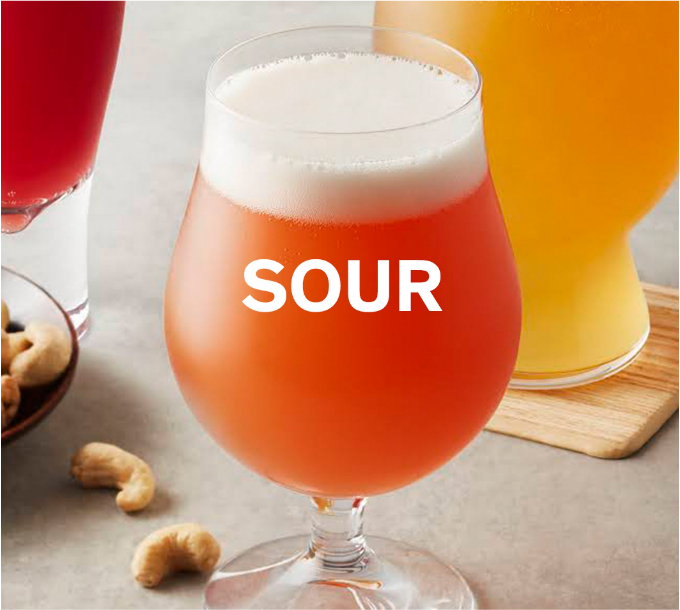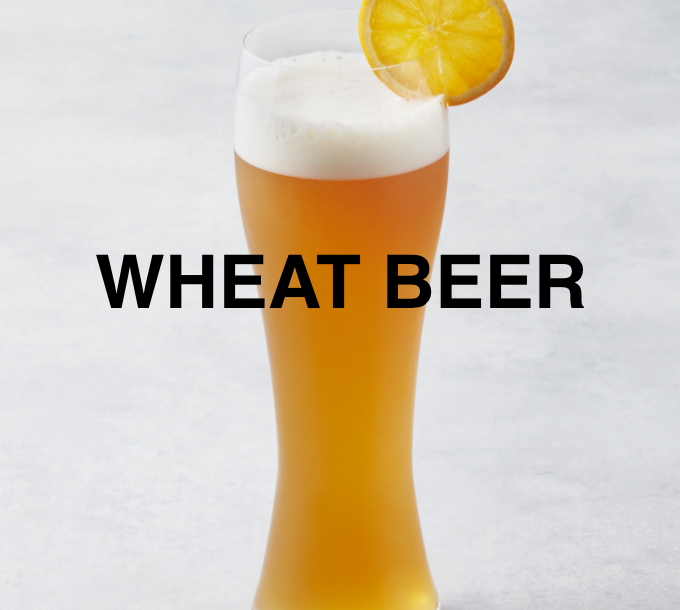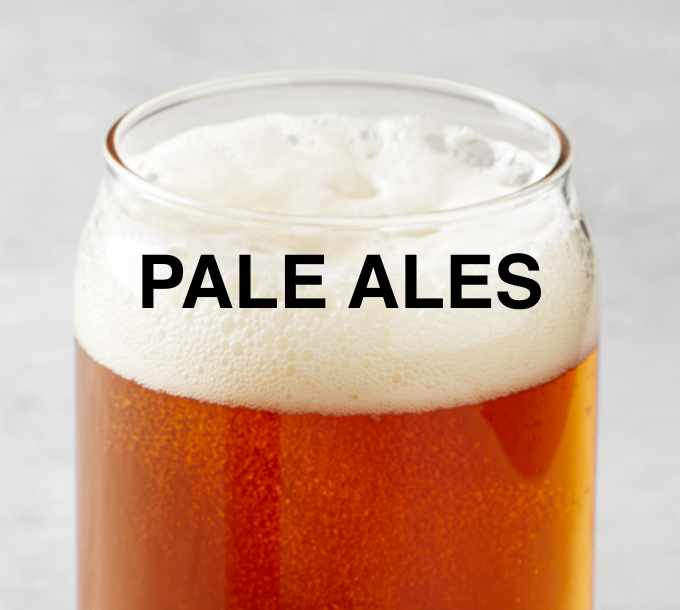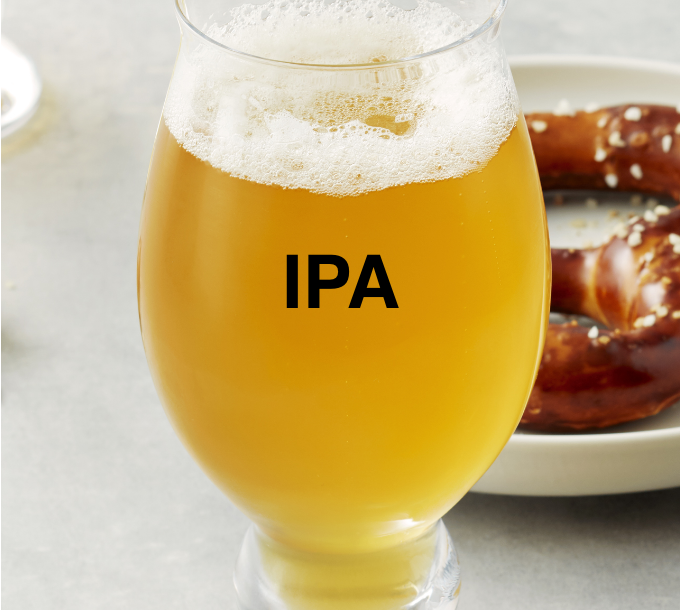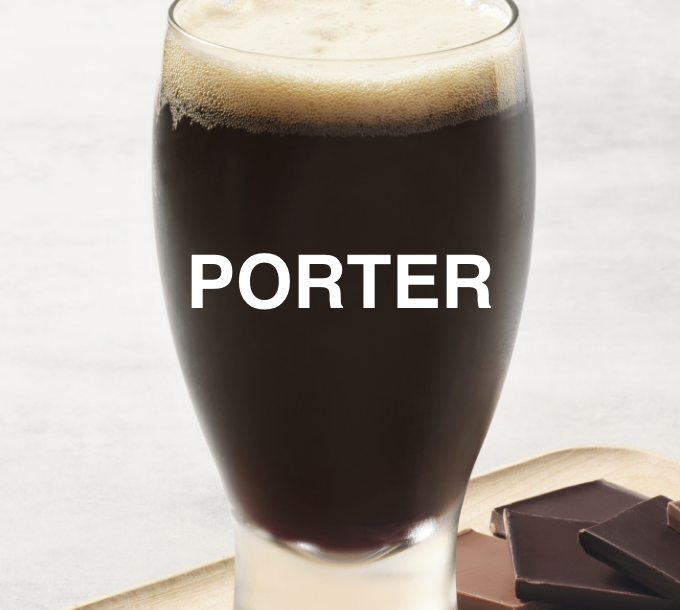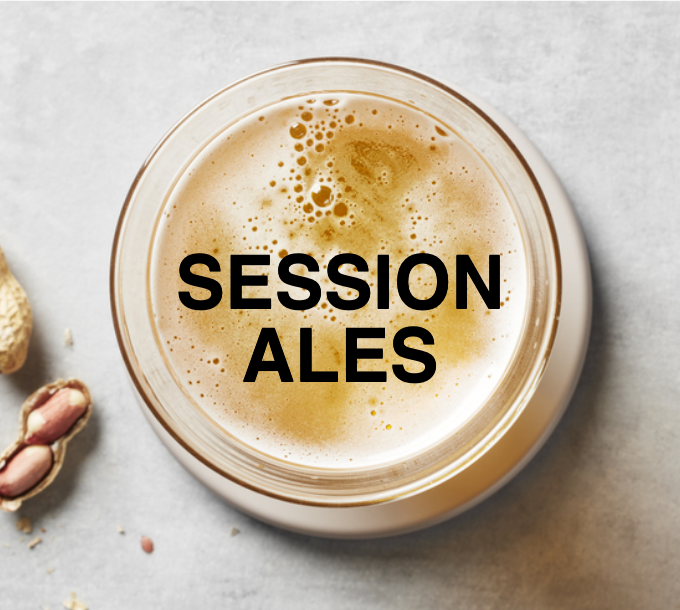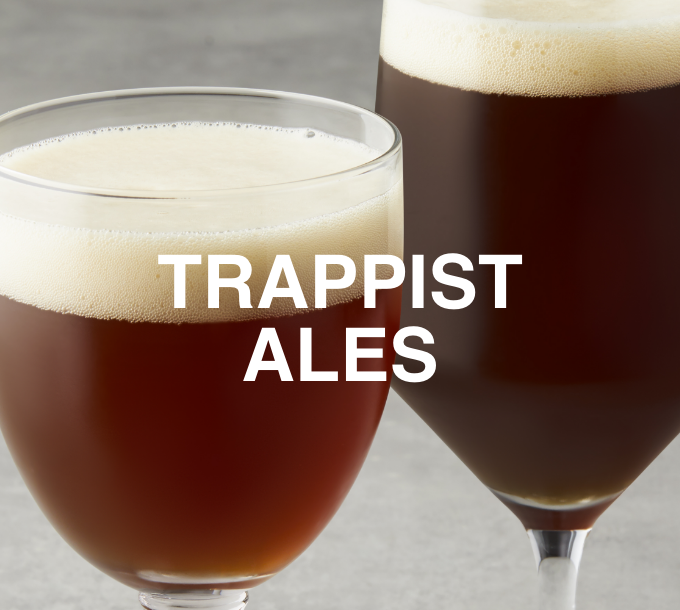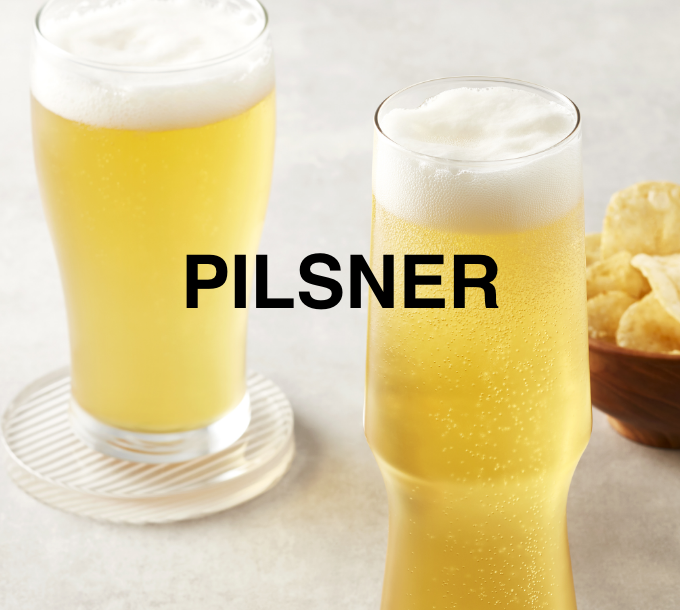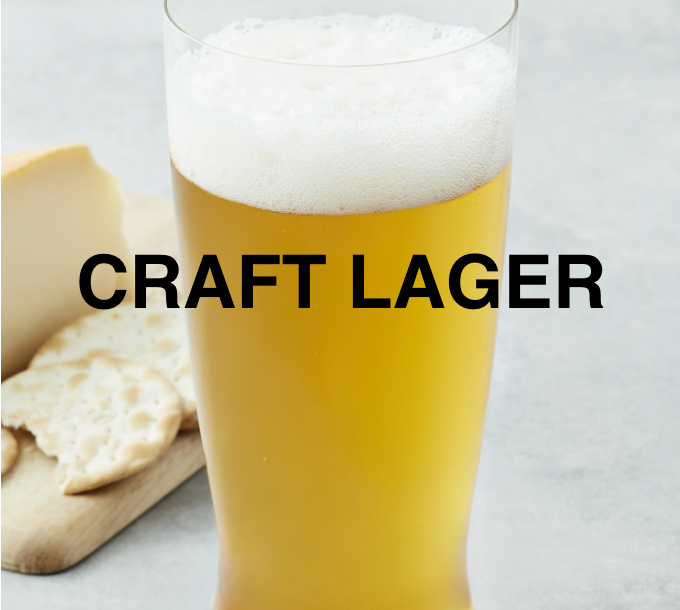Sour Beers
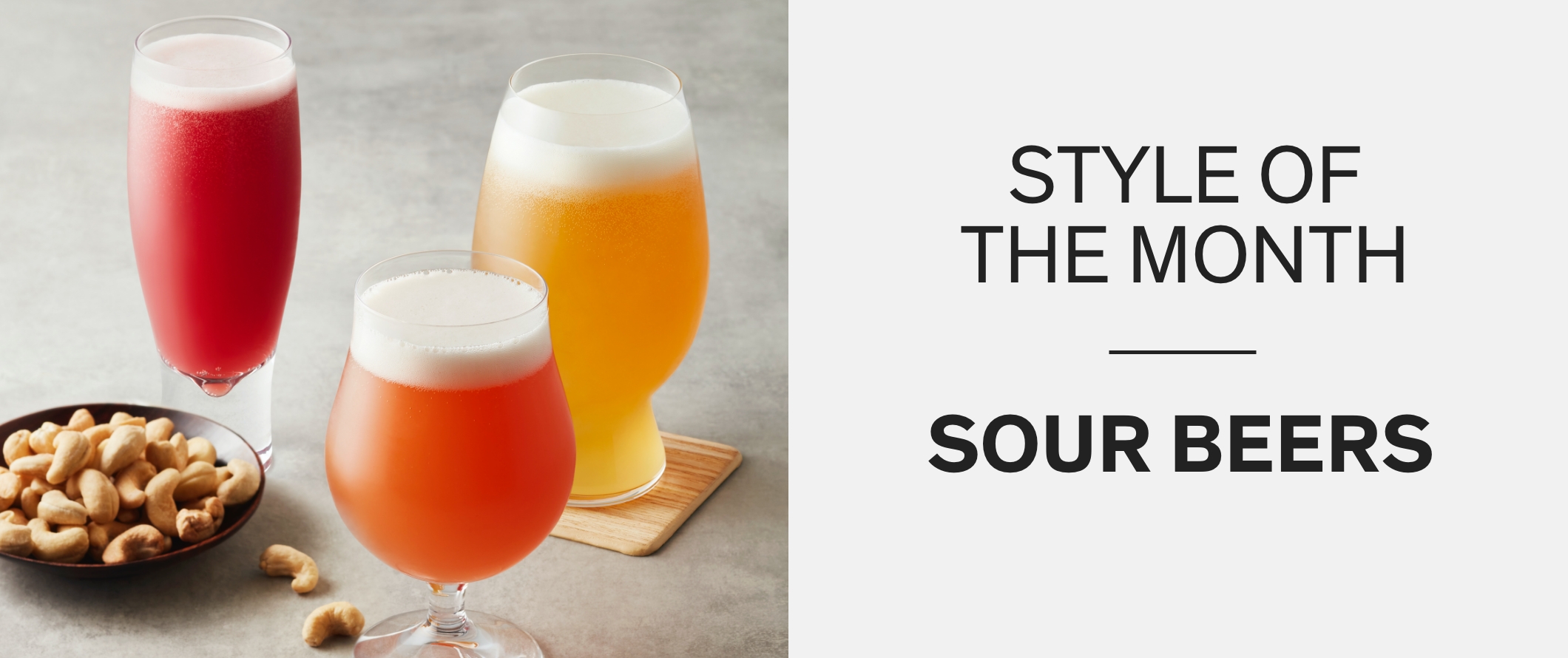
These tart, bubbly brews are one of the hottest beer styles in the world, appealing to both connoisseurs and casual beer lovers looking for something a little different. Forget bitterness—instead, these beers balance acidity and sweetness. They drink more like cider or wine than beer, wooing drinkers with their wonderful acidity and fruity centres.
Ready to Explore?
One of the oldest beer styles in history, sours nearly disappeared after the science of fermentation helped brewers “clean up” the souring bacterias and wild yeasts in their brewhouses. The tradition never died in Belgium, though, and has recently experienced a massive surge in popularity in North America. There’s lots to explore in this family: Gose and Berliner Weisse styles are lower-alcohol wheat beers made tart by adding lactobacillus, the same bacteria that sours yogurt. Wild ales, from Flanders Red to Lambic-style ales, are more complex, harnessing a mix of wild yeasts and souring bacterias to make a funky, tart, blended masterpiece. Fresh or puréed fruit is often blended in too.
You May Taste
These are often described as earthy, funky and yeasty, and have racy to mild acidity and a dry finish. Expect aromas of bright stone, tropical or berry fruit, lemon, lime, fine balsamic vinegar, kombucha, sourdough bread, hay, dried fruit or oak. Sours are crisp with a light to medium body and medium to high carbonation.
Sip Them With
Fresh goat cheese, garden or fruit salads, spring rolls are all good matches, as is anything you would squeeze citrus on: fish tacos, Thai curries, grilled chicken, veggie bowls or fish burgers.
Serving Tips
Serve these cold, but not ice-cold, in a stemmed wine glass or champagne flute. Drink wild ales in a tulip or red wine glass, a few minutes out of the fridge, to enhance aromas. Don’t overthink this, though—as you slowly savour the beer, it will eventually come to the proper serving temperature.
Try These Picks
Discover More Beer Styles
Beer FAQs
Your Top Questions Answered

What is craft beer?
Craft beer is made by small-scale breweries, often independently owned, that practise traditional artisanal brewing techniques to create authentic and uniquely flavourful beers. These craft brewers may focus on either classic or lesser-known styles of traditional beer, or create innovative new modern brews.

How many calories are in a beer?
A standard 340-millilitre or 12-ounce beer that has five per cent alcohol by volume has about 150 calories. Styles of beer that contain more alcohol, such as IPAs, have more calories — up to 170. Light beers, which have less alcohol, have around 100 calories. While darker beers sometimes have a higher alcohol content and therefore more calories, that’s not always the case: consider Guinness Draught, a dark stout, which has just over four per cent alcohol by volume and 125 calories per 12 ounces.

How many beers are in a keg?
Most standard North American kegs hold 58.7 litres: in terms of standard 340-millilitre or 12-ounce bottles or cans, that’s 165 servings; if you’re counting by 16-ounce pints, its 124 servings. European beers often come in 50-litre kegs, yielding 140 340-millilitre glasses or 105 pints. Smaller 30-litre kegs (sometimes called “pony kegs”) give 82 standard beers or 62 pints. Mini-kegs (Heineken, for example) hold five litres: that’s about 10 pints or 14 glasses.

How is beer made?
All beer is made with four key ingredients: barley (or other grains), water, hops and yeast. First, barley is malted (meaning the grains are sprouted and then kiln-dried) to get ready for brewing. The malt is then mashed, or cooked with warm water, to create a sugary liquid called wort. The wort is boiled with flavouring hops, and then in the final step, it’s fermented with yeast, which creates the alcohol and finished beer.
There are many different styles and regional traditions of brewing, but to simplify, they basically fall into two categories: for ale, the beer is stored at room temperature while the yeast feeds on the sugar in the wort and produces CO2 and alcohol as by-products; for lager, fermentation is the same, but it happens at cooler temperatures so the process takes a little longer

How long does beer last?
Check for an expiry or best-before date on bottles and cans: “best” is best when consumed fresh. Bottles and cans stored at room temperature are safe to drink for at least four months after purchase and up to eight months when it’s stored in the refrigerator or a cool place. Draft or craft beer stored in a glass bottle keeps for two or three days in the refrigerator when tightly capped. And remember, keep beer away from light: it can develop a “skunky” flavour from a chemical reaction to UV light, which is why it’s usually packaged in cans or dark glass bottles.

What is beer made of?
Most beer is made from just barley, water, hops and yeast. That’s all! Each ingredient contributes to the beer’s flavour, as do the specifics of the production process. Some brewers may use other grains, such as corn, rye, rice, wheat or even oats, to produce different types of beer. Some styles even incorporate additional flavouring ingredients, including fruits and herbs.
